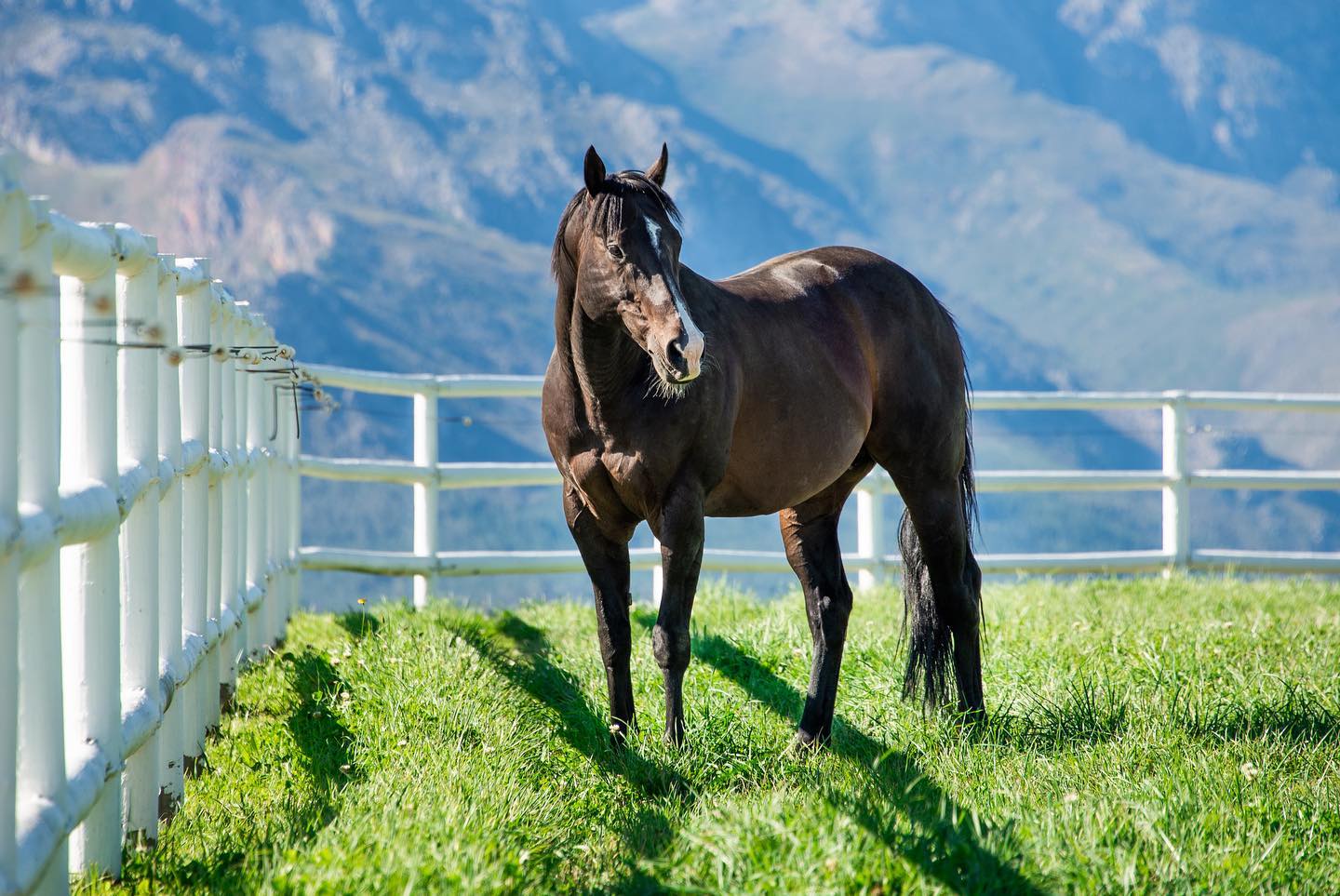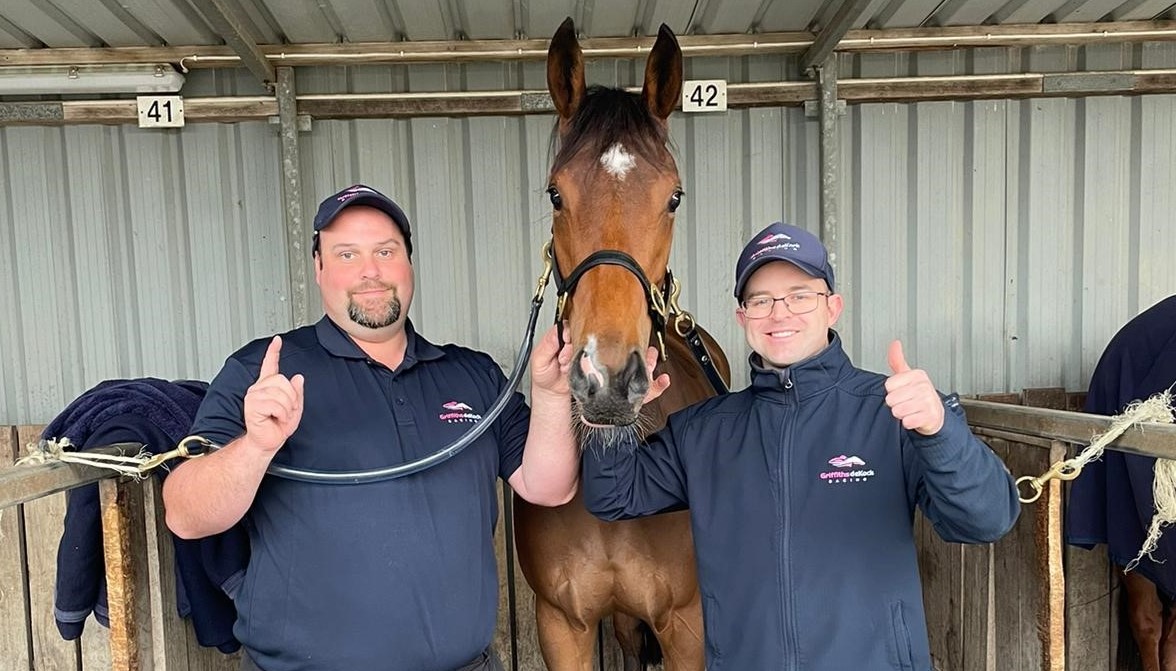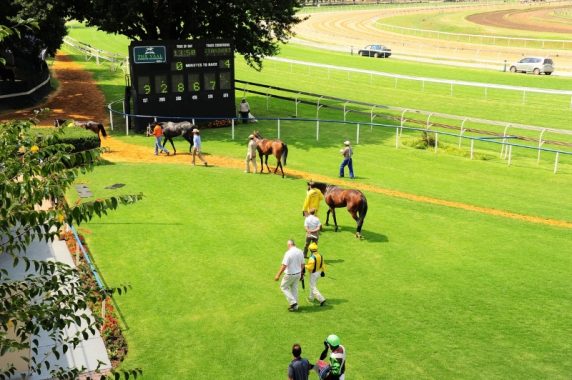One evening an old Cherokee told his grandson about a battle that goes on inside people. He said, “My son, the battle is between two wolves inside us all. One is Evil – It is anger, envy, jealousy, sorrow, regret, greed, arrogance, self-pity, guilt, resentment, inferiority, lies, false pride, superiority, and ego. The other is Good – It is joy, peace, love, hope, serenity, humility, kindness, benevolence, empathy, generosity, truth, compassion and faith.” The grandson thought about it for a minute and then asked his grandfather: “Which wolf wins?” The old Cherokee simply replied, “The one you feed.”
OK, a little dramatic for a racing paper perhaps, but this week I want to feed the second wolf.
After my exciting morning watching the quarantine station horses take their morning sabbatical, I endeavored to find out more about how it all works. I was enormously privileged to spend some time in the company of Racing South Africa’s CEO, the charming and energetic Mr Peter Gibson, who generously made space in his busy schedule to tell me more.
South Africa is uniquely isolated from the rest of the horsey world due to African horse sickness (AHS). We enjoyed relatively relaxed export regulations until an outbreak of AHS in the middle East in the 50’s and 60’s. With the disease carrying a mortality rate of 70-90% and its potentially devastating effect on the livestock economy, Africa was deemed unfit for trade and the continent’s equine export activities were shut down to most parts of the world. The USA adopted a post arrival quarantine philosophy, allowing animals to be exported to New York, where they had to serve a 60 day vector-protected quarantine period at JFK airport. If they remained disease free, they were permitted entry into the country and also earned the right of passage to other destinations. This was obviously costly and onerous with no guarantee of success, but was the only viable method of moving horses abroad until 1997 when the EU ratified the South African Export Protocol.
The South African Export Protocol was developed under the guidance of the World Organisation for Animal Health (OIE), and the AHS management methodology resulted in our now (in?)famous free, surveillance and protection zones, collectively known as the AHS Controlled Area.
London News famously became the first horse to be exported under the new protocol, and while the story of his pioneering feat unfortunately gets lost in the retelling of his incredible international successes, it may in fact be his greatest legacy.
In order to take advantage of the new protocol, a high-tech vector-protected 4 stable quarantine station was built at Kenilworth race course in 1997, specifically to facilitate London News’ export. The original building is still there and remains operational for most of the year. It looks rather innocuous next to its newer neighbours, but it truly is a little piece of history.
The present facility comprises 4 modern barns, each housing 8 stables. With the 4 additional ‘London News’ stables, the station can house a total of 36 horses at full capacity.
As with most efficiently run systems, there is an air of calm, but it is the sort of calm that you know is built on a base of clockwork precision and strict control. The process is simple, but strictly enforced. Horses first enter the AHS Free Zone as residents and some horses are initially housed at Kenilworth Racecourse stables, others at Milnerton Training Centre. On arrival, each animal is weighed, photographed, dipped and their paper work analysed to ensure they have met the EU’s entry requirements to the AHS Free Zone. After 20 days in the resident area, horses are transferred to the quarantine complex for a period of 40 days.
The buildings themselves are quite an experience. There is a system of double doors guarding the entrance to each barn, similar to what you might encounter when entering a bank. The little ante room is sprayed with an insecticide at regular intervals and there is also an electronic zapper to take care of any persistent guests. The inside of each barn is kept vector free by a system of pumps (the noise which by happy coincidence mirrors the sound of jet engines) maintaining positive pressure within the buildings at all times. This means that the air inside is under slightly higher pressure than the surrounding atmosphere causing air (and any insects potentially lurking nearby) to be forced out when the doors are opened.
The first of a series of 3 lots of blood samples are drawn within the first week of starting pre-export quarantine. The samples are sent to Onderstepoort to be tested for a variety of diseases to ensure that the animals comply with their destination countries’ import regulations.
Horses are sprayed and have their temperatures taken daily. They are only allowed out of the buildings 2 hours after sunrise and have to be secured indoors again 2 hours before sunset. With limited daylight hours in winter, this does present a challenge in making sure the horses all receive exercise and some fresh air on a daily basis, but the complex boasts a horse walker, a 1200m training track and several bridle paths to try and facilitate this. In order to detect any possible breaches of security, each stable complex is locked every evening and sealed with a coloured tag. The colours of the tags are switched randomly and any damage to a tag would immediately indicate a security breach.
On completion of the pre-export quarantine period, assuming all the blood tests come back negative, the horses are cleared through customs by their shipping agent and met at the airport to facilitate their onward journeys. The stable complexes are then emptied, the bedding, etc disposed of and everything is washed down and thoroughly disinfected.
With South Africa having some of the toughest exporting regulations in the world, it is an arduous process. It imposes extreme and unnatural constraints on the horses, owners access is limited (and only granted on application and at the station’s discretion), but somehow everyone gets through it. This is due in no small part to the efforts of the ever vigilant Sue Mutch, who somehow seems to be everywhere at once, simultaneously managing to conjure up a smile and a coffee for nosey visiting journalists !
The operation is headed up by the equally energetic Peter Gibson, who made the rather unorthodox career leap from Optometry to become the CEO of Racing South Africa in 2003. Under his watch, Racing SA covers an enormous amount of ground under its remit of ‘Taking South African Horseracing and Breeding to the world !’. There is a strong affiliation to the Equine Research Centre, which manages South Africa’s research programmes designed to assist in improving our protocol under the very able directorship of Professor Alan Guthrie. The ERC encompasses a broad-based and on-going investigation into AHS, including the exploration of potential alternative vaccine and diagnostic testing technology, as well as research into Piroplasmosis, the tick-borne disease that also affects trade in horses from South Africa.
There is the Import Export Working Group which is responsible for the on-going maintenance and management of the South African Export Protocol as well as creating a viable and sustainable system for the movement of horses into and out of South Africa. Dr Beverley Zietsman Chairs the working group which compromises state and private veterinarians with input from industry representatives.
The South African Equine Trade Council (SAFHorse) is the marketing arm of Racing South Africa and its responsibilities include the marketing and promotion of all South African horse breeds to an international audience. SAFHorse falls under the Department of Trade & Industry, which carries as its responsibility the creation of market access abroad and the facilitation of exporting all manner of horse breeds (Thoroughbreds comprise only a fraction of the horses exported annually).
Finally, Racing SA also funds the AHS Trust which is instrumental in increasing awareness of AHS and improving the accuracy of reporting. This in turn enables the disease to be controlled and managed more efficiently and effectively.
It is a complex and challenging job and I must admit I find it hard trying to follow all these various responsibilities, nevermind having to manage them !! But all this hard work is done to ensure that our industry as a whole is made increasingly accessible to an international market.
Whilst present restrictions prevent us from easily competing for a slice of the world’s yearling export trade pie, Racing South Africa believes there are sufficient incentives for purchasing and racing horses locally to attract and hold the interest of the foreign market. Our racing infrastructure and world class horsemanship makes South Africa an ideal a nursery for a quality export product, particularly because our expertise and bloodstock comes so competitively priced.
While our top sale lots might make local buyers’ eyes water, the South African thoroughbred as a product still offers incredible value on the international market, with our average yearling prices still a fraction of what is routinely paid for bloodstock abroad. And with our training fees averaging less than US$700 per month, South Africa offers both local and international racing enthusiasts one of the lowest entry levels into the world of horseracing. It’s a pretty compelling package !
Despite the legislative and technical challenges we face, the fact remains that exports drive the world’s bloodstock market. And the only way to become a real, competitive part of that market – with all its associated benefits of foreign income, local job creation and community upliftment – is to keep striving to improve and find solutions to the current restrictions. And fortunately, we seem to have a great team of people in place doing just that.
So to get back to my Cherokee story, while there will always be plenty to keep our first wolf well fed, I think our racing industry has plenty to keep our second wolf going as well.








